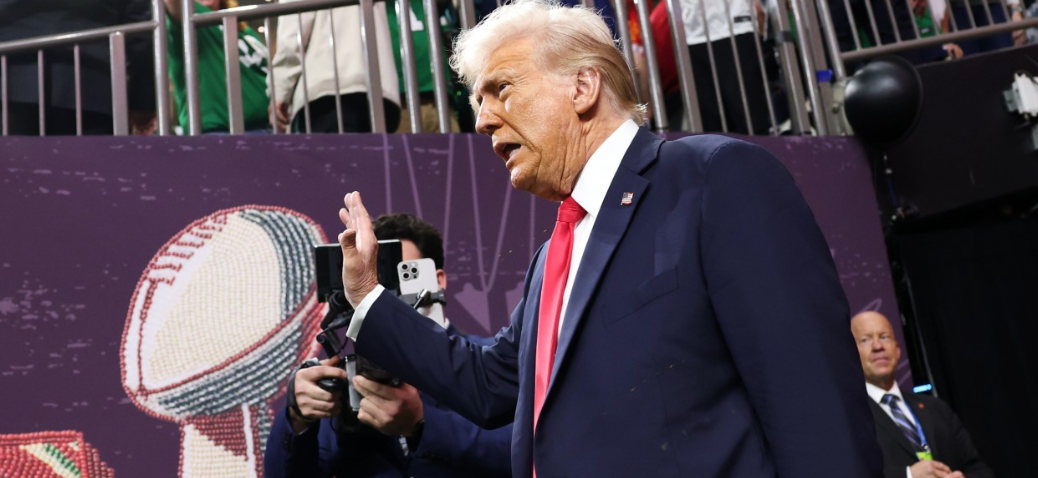President Trump Instructs Treasury To Stop Producing Pennies

At the conclusion of the Super Bowl on Sunday night, President Donald Trump announced that the production of pennies would come to an end.
The U.S. Treasury will cease manufacturing pennies, the small copper-colored coins featuring Abe Lincoln. Despite being larger than a dime, a penny holds only a tenth of a dime's value. The responsibility for eliminating them now falls on Secretary of the Treasury Scott Bessent, following Trump's directive.
“For far too long the United States has minted pennies which literally cost us more than 2 cents. This is so wasteful! I have instructed my Secretary of the US Treasury to stop producing new pennies. Let’s rip the waste out of our great nation’s budget, even if it’s a penny at a time,” Trump stated in a social media post.
A sculpture of Lincoln, resembling the image on the penny, stands behind the Resolute Desk in the Oval Office.
Efforts to discontinue the penny have been ongoing for decades, but no president has previously taken the step. Canada, in 2012, eliminated its pennies for similar financial reasons—it cost more to manufacture them than their face value.
In 2013, the Brookings Institute expressed opposition to penny production, stating, “Making pennies and nickels cost more than they are worth.”
A penny costs nearly two cents to produce, while a nickel costs nearly eight cents. Since 2000, the U.S. Mint has created approximately 92 billion pennies and 15 billion nickels. As a result, the nation has lost around $1 billion in manufacturing these coins—a significant amount.
In 1940 and for many years afterward, the economy functioned without the need for coins with values as low as today’s pennies and nickels.
“Worse still, pennies and nickels cost more to make than they are worth. A penny costs nearly 2 cents to make, a nickel nearly 8 cents. And since the U.S. mint has minted nearly 92 billion pennies 15 billion nickels since Y2K, the nation’s $1 billion loss making these coins is not, like the coins themselves, chump change. Back in 1940, and even much after that, we got along just fine without coins that bought as little as pennies and nickels do today,” the Brookings Institute explained.
“The idea of deep-sixing the penny is not new. For years people have been proposing that the United States save money and enhance convenience by abolishing the penny. In effect, if we dropped the nickel too, we would simply be treating the last digit of every price as zero. Easier math. Less stuff in our pockets,” the publication added.
“The Canadians have already moved in this direction. They stopped minting pennies last year. Retailers are no longer required to offer pennies in change. Non-cash transactions can still be denominated in hundredths of the Canadian dollar. The value of the Canadian dollar has remained strong. Supporters of the penny claim that every price will be rounded up, generating inflation. But there is no evidence that dropping the penny has triggered Canadian inflation. Nor would it here,” it continued.
“Another argument advanced by penny traditionalists is that dropping it would hurt the poor, who are reported to be the beneficiaries of penny drives run by some charities. This argument rings especially hollow at a time when, in the name of inflation, the Congress is willing to lower food assistance for the poor. A billion dollars more in food support, in exchange for whatever charitable largess the penny brings would be a splendid trade,” the Brookings Institute concluded in its assessment.